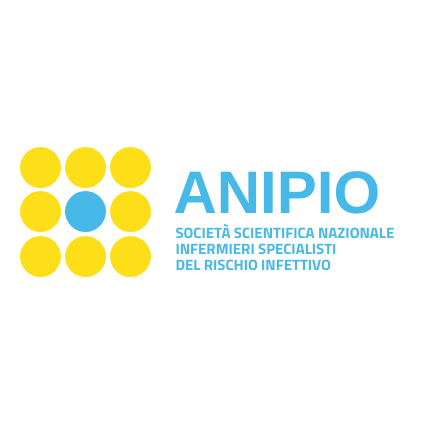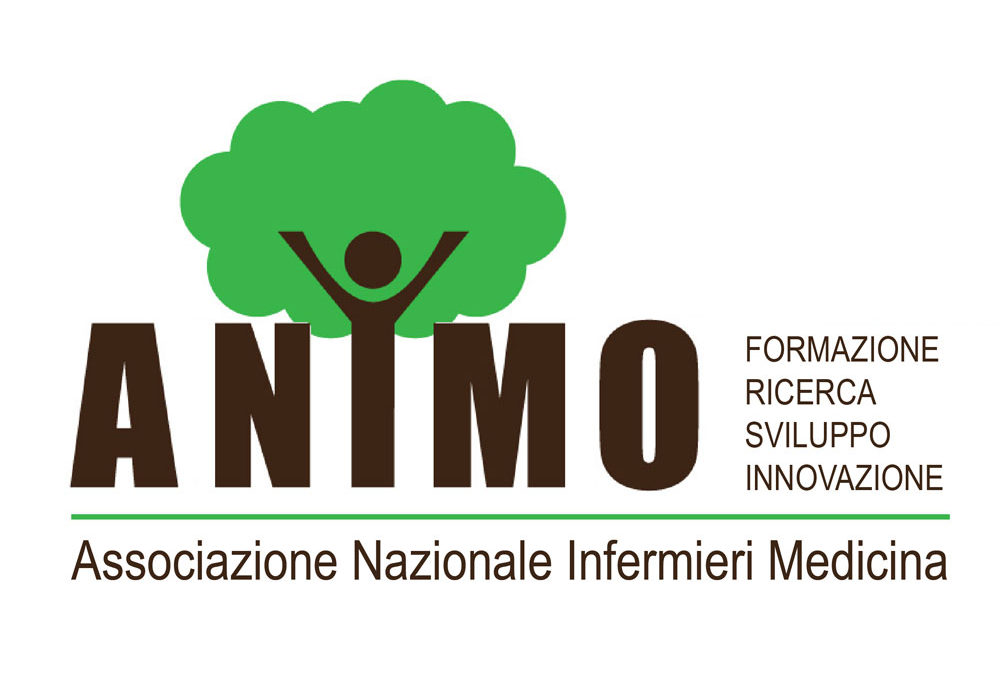
by cristiano | Oct 17, 2018
Often when assisting a patient with an “alert” multi-drug resistant organism, strict isolation in all areas (contact, aerial, oral, faecal, large droplets) tends to be applied. Before applying an additional isolation procedure, the source of the bacterium,...

by cristiano | Oct 17, 2018
During pre-operative patient pre-treatment it is common practice to use chlorhexidine-based antiseptics at 2%-4%. The 2%-4% chlorhexidine antiseptic solution is indicated in cases where decontamination/cleansing of the skin is required in patients with MRSA and...

by cristiano | Oct 17, 2018
Given the limited temporal horizon, the mobilization and the wound care performed routinely do not bring any benefit to the dying patient. Instead, these procedures can engender discomfort and cause unnecessary pain. At the end of life you need to redefine the goals...

by cristiano | Oct 17, 2018
In everyday practice disposable gloves are used and changed inappropriately (e.g., changing sheets, food and beverage administration, administering oral medicines, patient transport, etc.). These behaviours can increase the spread of microorganisms and their...

by cristiano | Oct 17, 2018
Often in daily practice, vascular devices are left in place only for the likelihood that once removed they can be necessary again. The main guidelines indicate that in order to prevent and reduce complications (infections, phlebitis, thrombosis) a venous catheter...








Recent Comments